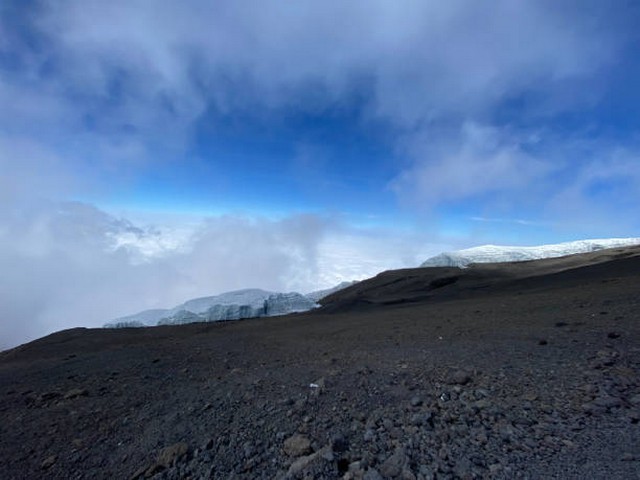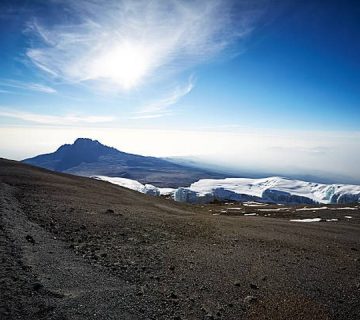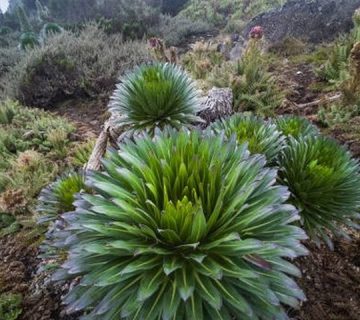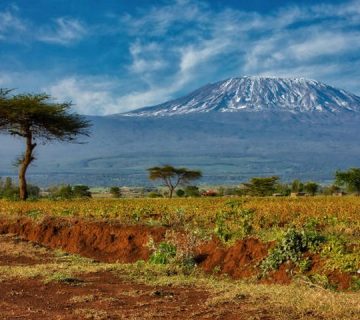What To Expect On Kilimanjaro Trekking Tours
Embark on the journey of a lifetime with "Kilimanjaro Centre for Trekking and Ecotourism (KCTE)," your premier guide through the mystic heights of Mount Kilimanjaro. Whether you are a seasoned hiker or a curious novice eager to face the majesty of Africa’s tallest peak, understanding what to expect on Kilimanjaro trekking tours is essential for an exhilarating and fulfilling experience. Here, we unfold the layers of adventure that await you, guiding you step by breathtaking step.
Preparing for Your Journey to the Roof of Africa
Physical Preparation
Trekking Mount Kilimanjaro is a monumental endeavor that demands physical readiness. Begin conditioning your body months in advance, focusing on cardiovascular fitness and leg strength. Regular hiking, endurance training, and aerobic exercises are recommended to ensure you are as prepared as possible for the varying terrains and altitudes.
Mental Preparation
Climbing Kilimanjaro is not just a physical challenge; it’s a mental one too. Prepare to embrace patience, persistence, and positivity. Acclimate your mind to face long walking days, basic camping conditions, and the simple, yet profound joy of disconnecting from the digital world.
Packing Essentials
Packing wisely can make a significant difference in your trekking experience. Essentials include:
- Thermal clothing for the freezing nights
- Breathable fabrics for the warmer days
- A sturdy pair of hiking boots
- Sunscreen, sunglasses, and hats for protection against the sun
- A quality sleeping bag suitable for low temperatures
- Hydration packs and water purification tablets
Remember, every item in your backpack is something you will carry up the mountain, so pack smart!
The Routes to Glory
Choosing Your Path
Kilimanjaro boasts several routes, each with its unique landscapes and challenges. Popular paths include:
- Marangu Route: Often called the "Coca-Cola" route, this is the only path with hut accommodations and tends to be more crowded.
- Machame Route: Known as the "Whiskey" route, it is steeper and offers stunning scenic variety, ideal for those seeking a challenge.
- Lemosho Route: A longer expedition that allows better acclimatization and higher success rates, this route offers a serene and less crowded trek.
At KCTE, we offer guided tours on all these routes, providing you with ample options to meet your comfort level and hiking desires.
Experiencing the Majestic Flora and Fauna
As you ascend, the ecological zones shift dramatically from lush rainforests to alpine meadows, and finally to the arctic summit. Each zone hosts unique flora and fauna:
- Rainforest Zone: Expect to see towering trees, primates, and vibrant birdlife.
- Heath and Moorland Zone: This zone features beautiful heathers and unusual giant lobelias.
- Alpine Desert and Arctic Zone: The summit area, devoid of much life, offers lunar-like landscapes and the ultimate test of endurance.
The Summit: Uhuru Peak
Reaching Uhuru Peak, the highest point in Africa, is a moment of triumph that is hard to describe. Standing at 5,895 meters above sea level, you’ll watch the sunrise spill across vast African landscapes—an experience that captures the essence of what it means to be alive. The final ascent, starting at midnight, tests your resolve, but the reward surpasses all expectations.
Sustainability and Respect for Nature
At KCTE, we are committed to sustainable trekking practices. We ensure that our tours respect the local environment and contribute positively to the local communities. We follow "Leave No Trace" principles, minimizing our ecological footprint and supporting conservation efforts.
Why Choose KCTE for Your Kilimanjaro Adventure?
Choosing the right outfitter is crucial for a safe and enjoyable trek. KCTE stands out with its experienced guides, commitment to safety, and deep respect for Mount Kilimanjaro’s cultural and ecological significance. We ensure that your journey to the summit is not just a trek, but a transformative experience.
Frequently Asked Questions (FAQ)
What is the best time to climb Kilimanjaro?
The best times are during the dry seasons, from January to March and from June to October. These months offer the clearest skies and safest trekking conditions.
How long does it take to climb Kilimanjaro?
The duration depends on the route but typically ranges from 5 to 9 days. We recommend routes that allow ample time for acclimatization to increase your success rate.
Do I need special insurance?
Yes, travel insurance that covers high altitude trekking is essential. Ensure that your policy covers medical evacuation in case of emergencies.
Can beginners climb Kilimanjaro?
Absolutely! While a good fitness level is required, many first-time trekkers have successfully summited Kilimanjaro. Proper preparation and choosing the right route are key.
Ready to Conquer Kilimanjaro?
Embarking on a Kilimanjaro trekking tour is an adventure that ignites the spirit and challenges the body. With KCTE, you are choosing a partner who values safety, experience, and the breathtaking beauty of Kilimanjaro. Contact us today to book your climb and take the first step on the journey of a lifetime. Let the slopes of Kilimanjaro call you to the heights of adventure and self-discovery!




